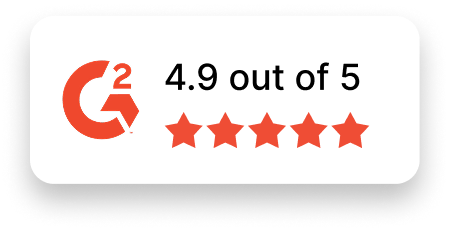Data Scientist Job Description Template
Use this template to craft job descriptions for hiring Data Scientists at various levels. Customize it to fit your organization’s specific needs.
Job Title: Data Scientist
Location: [Specify Location or Remote]
Job Type: [Full-time/Part-time/Contract]
About the Role
We are seeking an innovative Data Scientist to join our team and transform raw data into actionable insights that drive decision-making. You will leverage your analytical skills, statistical expertise, and knowledge of machine learning to solve business challenges and identify opportunities for growth. Collaborating with cross-functional teams, you’ll be instrumental in building data-driven solutions that have a meaningful, measurable impact.
If you are excited about uncovering patterns, tackling complex problems, and driving innovation, we’d love to hear from you.
Responsibilities
- Analyze large and complex datasets to identify patterns, trends, and insights.
- Build predictive models and machine learning algorithms to solve business problems.
- Develop and maintain dashboards and visualization tools to communicate findings effectively.
- Collaborate with stakeholders to define requirements and deliver data-driven solutions.
- Perform data cleaning, transformation, and preparation to optimize analyses.
- Research and implement advanced statistical techniques for in-depth analysis.
- Evaluate and improve data collection methods to ensure accuracy and completeness.
- Stay current with technological advances in data science, modeling, and visualization.
- Translate technical results into actionable recommendations for non-technical audiences.
- Document methodologies and workflows to enable knowledge sharing across teams.
Required Skills & Experience
- Bachelor’s or Master’s degree in Data Science, Statistics, Computer Science, Mathematics, or a related field (or equivalent experience).
- Proficiency in Python, R, or other statistical programming languages.
- Strong knowledge of machine learning algorithms, such as regression, classification, clustering, and recommendation systems.
- Hands-on experience with data manipulation libraries and frameworks, like pandas, NumPy, or Scikit-learn.
- Expertise in SQL and working with relational databases.
- Familiarity with data visualization tools such as Tableau, Power BI, or Matplotlib.
- Experience with cloud platforms like AWS, Azure, or GCP, and their data ecosystem.
- Excellent problem-solving skills and critical thinking.
- Effective communication and presentation skills to convey data-driven insights.
- Ability to collaborate with cross-functional teams and manage multiple priorities.
Why Join Us?
- Meaningful Impact: Solve real-world problems and directly contribute to business growth and innovation.
- Continuous Learning: Work on exciting projects that push your skills and knowledge to new levels.
- Supportive Environment: Join a team that values curiosity, creativity, and collaboration.
- Flexibility: Take advantage of remote or hybrid work options based on your preferences.
- Inclusive Workplace: Be part of an organization that celebrates diversity and promotes equity and belonging.
Apply Now
Are you ready to leverage data to shape the future? Join [Your Company Name] as a Data Scientist to deliver exceptional insights and make an impact. Apply today!

